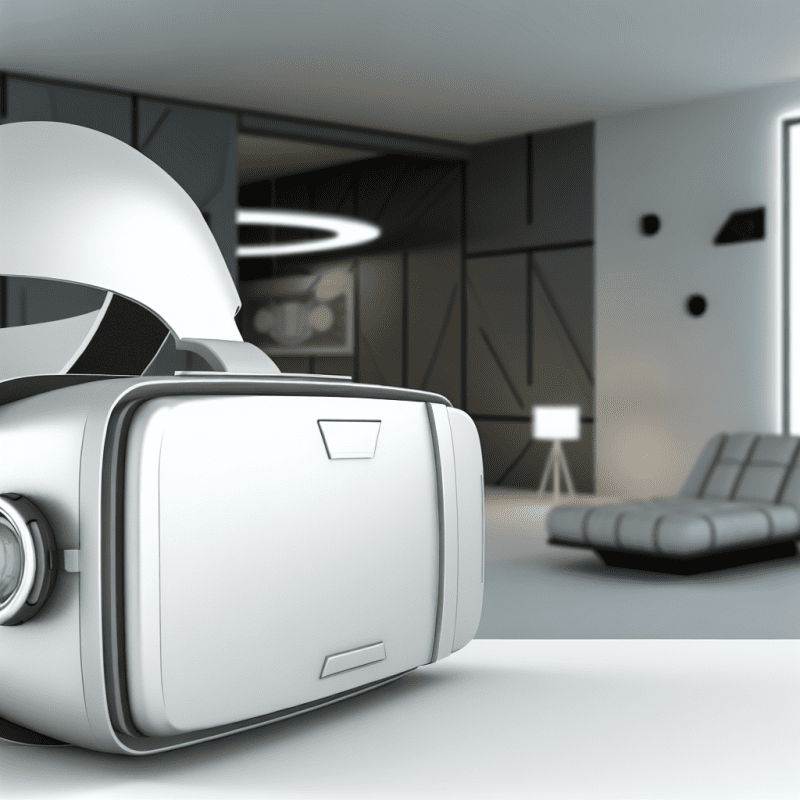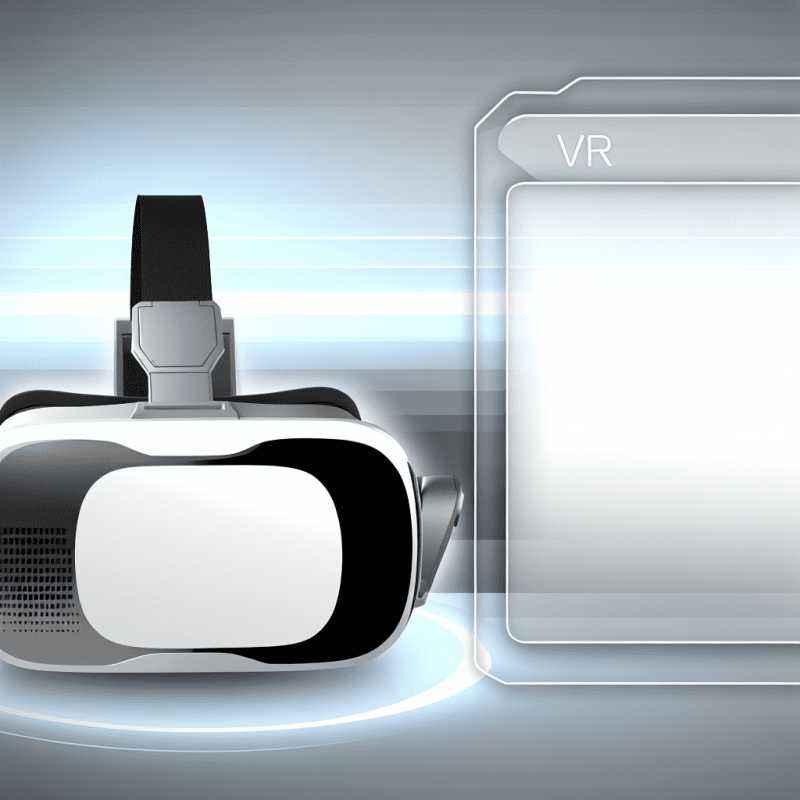So, what exactly is a health rate monitor? Simply put, it's a device that tracks your heart rate, which is a key indicator of how your body is doing during workouts or daily activities. Whether you're hitting the gym, going for a run, or just enjoying a brisk walk, a heart rate monitor helps you keep tabs on your heart’s performance.
These monitors come in various forms, like wristbands, chest straps, or even smartwatches. Each type has its own perks. For instance, wristbands and smartwatches are super convenient and casual; you can wear them all day without thinking twice. On the other hand, chest straps tend to offer more accuracy because they sit closer to your heart.
Using a health rate monitor can help you get a better understanding of your fitness levels and how your body responds to different exercises. By keeping an eye on your heart rate, you can figure out whether you’re exercising in the right zone to burn fat, build endurance, or push your limits. It’s like having a little fitness coach on your wrist!
Plus, many heart rate monitors sync up with apps on your phone, making it easy to track your progress over time. This means you can celebrate your victories and make adjustments when needed. It’s all about helping you stay motivated and on top of your fitness game!
How to Choose the Right One
Choosing the right heart rate monitor can feel a bit overwhelming at first, but don’t worry! Here are a few key things to keep in mind that can make your decision easier.
1. Determine Your Needs: Think about how you plan to use your monitor. Are you a casual walker, a dedicated runner, or hitting the gym? If you just want something basic to track your heart rate during walks, a simple device will do. For serious athletes, look for features like GPS tracking, interval training modes, and advanced heart rate metrics.
2. Consider the Type: There are different types of heart rate monitors—wrist-based, chest straps, and even fitness trackers with heart rate features. Wrist monitors are super convenient, while chest straps often provide more accurate readings. It really depends on what you’re comfortable wearing and how precise you want your data to be.
3. Check Compatibility: Make sure the monitor you choose works with your other devices or apps. If you use a fitness app to track your progress, check if the heart rate monitor can sync with it. This can help you get a complete picture of your workouts and overall health.
4. Battery Life Matters: You don’t want your monitor dying in the middle of a workout! Look for something with a good battery life. Some devices may need frequent charging, while others can last for weeks on a single charge, which can really save you hassle.
Take your time, think about what will work best for you, and you’ll find a heart rate monitor that fits your lifestyle perfectly.
Key Features to Look For
When diving into the world of health rate monitors, there are a few key features that can really help you make the best choice. Let’s break down what to look for so you can find the perfect fit for your health goals.
1. Accuracy: You want a monitor that gives you reliable readings. Look for models that have good reviews regarding their accuracy. It's important that the monitor can track your heart rate correctly, especially if you're using it during workouts.
2. Connectivity: Many health rate monitors come with smart features that connect to your smartphone or other devices. This can be super helpful for tracking your progress over time. If you're into stats, consider models with Bluetooth or Wi-Fi connectivity so you can sync your data easily.
3. Comfort and Fit: Since you'll likely be wearing your monitor for extended periods, comfort is key. Look for adjustable bands or choose between wrist-based or chest strap options, depending on your preference. The right fit will make all the difference during workouts and daily wear.
4. Battery Life: Don’t forget about battery life! Some monitors can last several days without needing a charge, while others need regular charging. Depending on your lifestyle, you might want to prioritize a model that won’t require constant recharging.
Tips for Using Your Monitor
Using your heart rate monitor can seem a bit tricky at first, but it doesn’t have to be! Here are some easy tips to help you get the most out of your device.
1. Choose the Right Fit: If you're using a chest strap monitor, make sure it fits snugly but isn’t too tight. For wrist-based monitors, find a comfortable position just above your wrist bone. A good fit ensures accurate readings.
2. Stay Consistent: Try to wear your monitor at the same time each day, especially when you’re exercising. This helps you spot trends and better understand how your heart rate responds to different activities.
3. Know Your Zones: Get familiar with your heart rate zones! Different activities will push your heart rate into different zones, so understanding these can help you optimise your workouts. For instance, a lower zone is great for fat burning, while a higher zone can build endurance.
4. Keep it Dry: If you’re using a chest strap, sweat can affect the sensors. Wipe the strap clean and make sure it’s dry before you put it back on. This simple tip can enhance performance and prolong the lifespan of your monitor.



